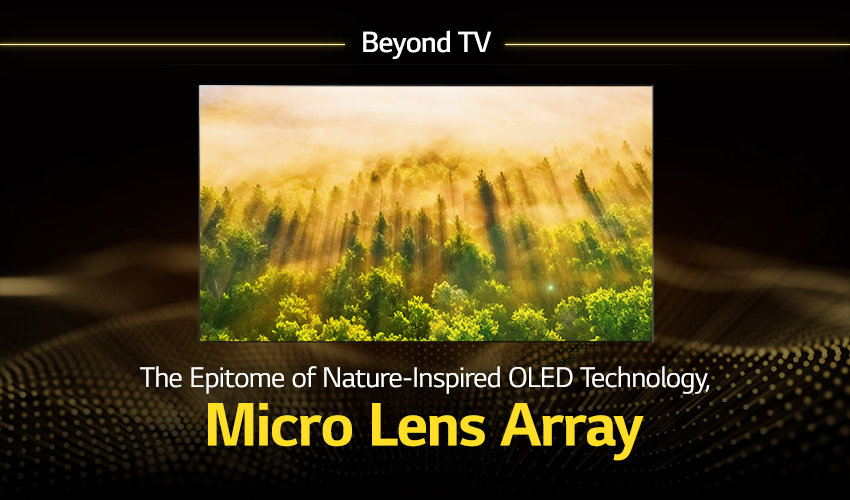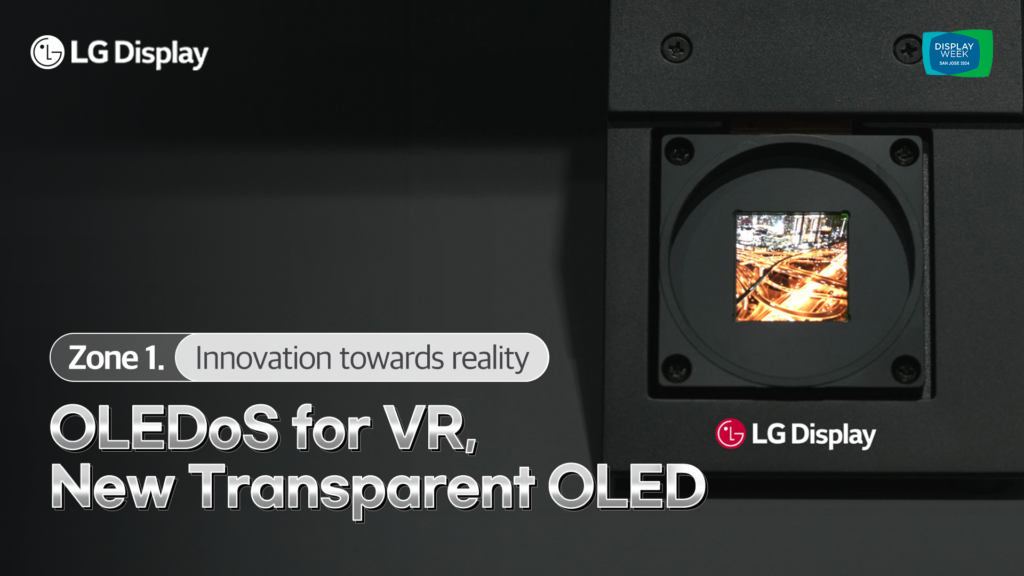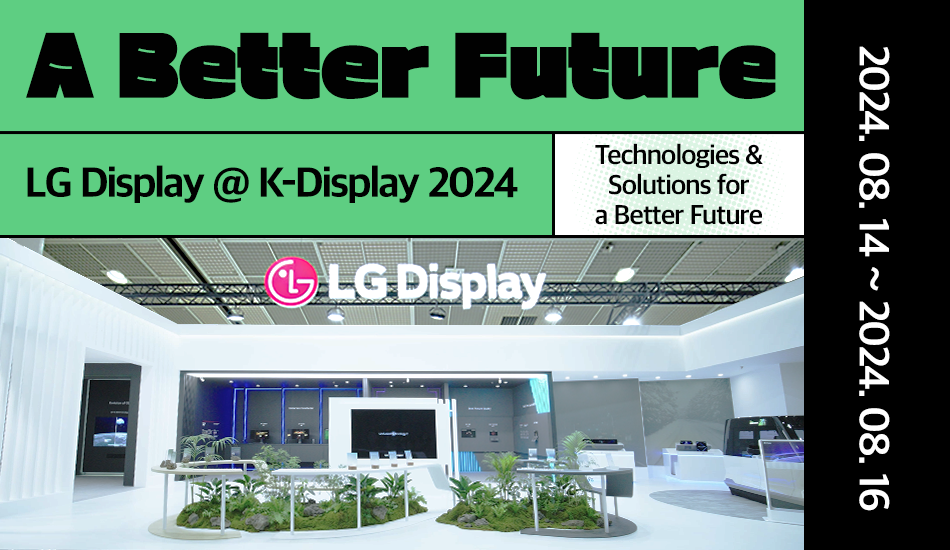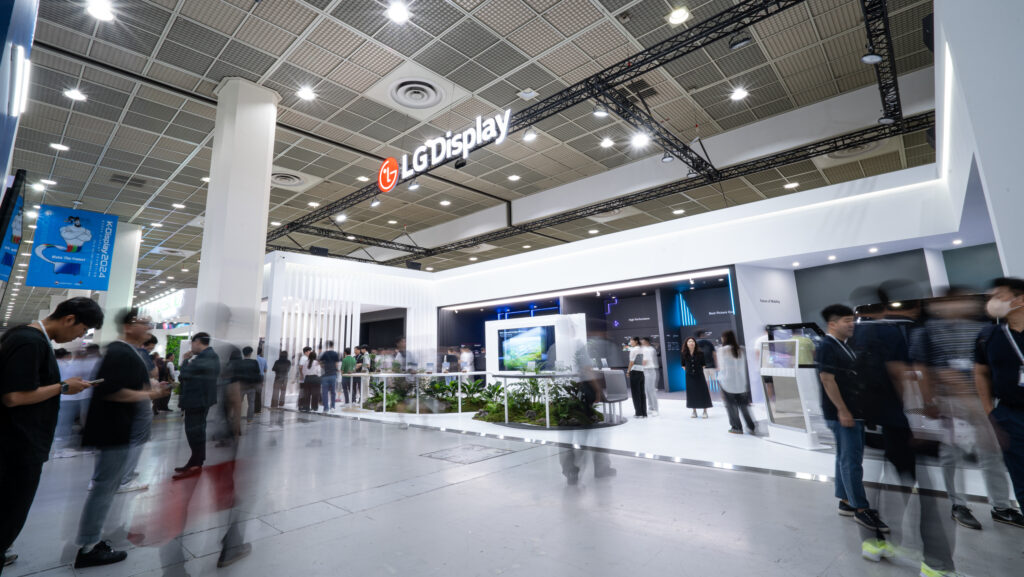| In the first episode of [Beyond TV], which carries the meaning of “surpassing ordinary TV technology,” we’ll hear from the teams that brought META Technology to fruition. Kim Chang-in, leader of the Large Circuit Design 2 team, Yang Hee-jeong, leader of the Process Research 1 team, and Go Sam-min, leader of the Large Panel Design 1 team, will share their stories and insights behind the development of META Technology’s Micro Lens Array (MLA). |
Discovering the standout of CES 2023,
META Technology, and its intriguing origins

Since its unveiling at CES 2023, META Technology has received widespread media acclaim for its exceptional quality and performance. Notably, MLA “helps to prevent that light scatter essentially harnessing it and directing it toward your eyeballs. It’s actually a very smart way to make the lead panels brighter.”
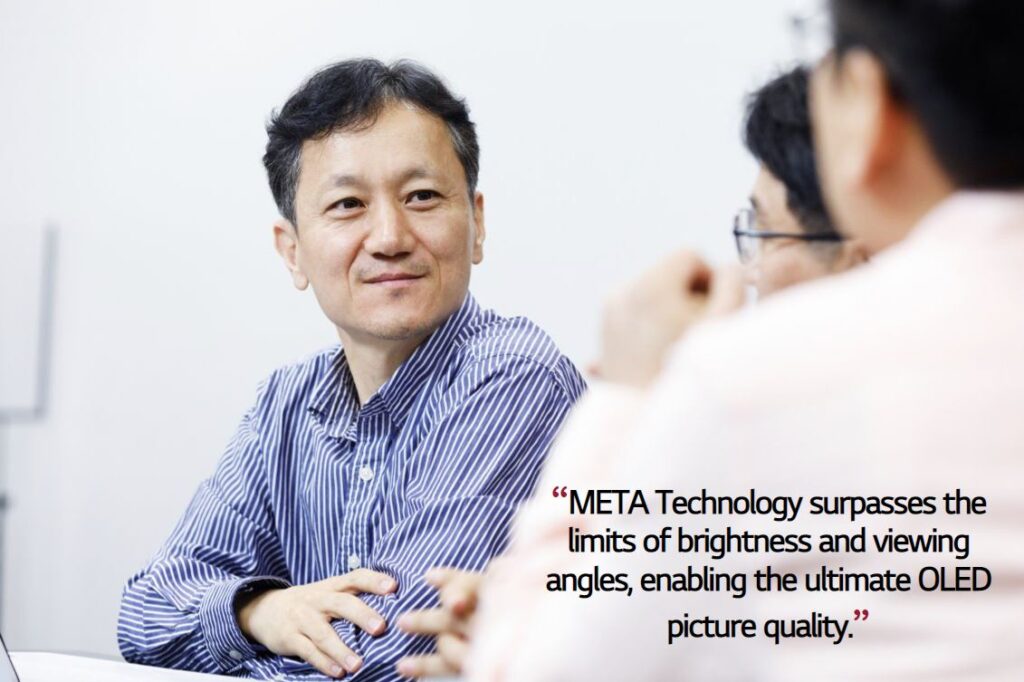
META Technology represents an important and intricate achievement that combines a decade of LG Display’s expertise in OLED panel development. With a goal of enabling customers to enjoy excellent picture quality without any ergonomic burden, LG Display has been steadfast in its pursuit of delivering the most true-to-life visual experiences.
Last year, the company’s second-generation EX Technology harnessed the power of deuterium and personalized algorithms to maximize the performance of the organic light-emitting layer. Now, its third-generation META Technology is taking OLED capabilities a step further by incorporating Micro Lens Array (MLA) and META Booster in order to transcend the limitations of brightness and viewing angles, ultimately creating image quality that goes way beyond people’s expectations.
Incorporating the principles of a dragonfly’s eyes for a brighter and clearer image quality
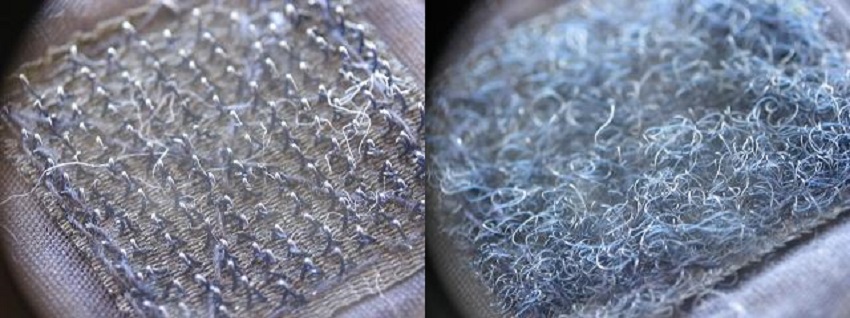
Have you ever wondered the story behind the invention of ‘Velcro’? It was actually inspired by ‘burdock fruit’ which uses hooks to grab onto almost anything. Swiss engineer George de Mestral successfully attempted to mimic this principle by developing “biomimicry” technology, and so Velcro was born.
LG Display’s third-generation OLED ‘META Technology’ also incorporates biomimicry. META Technology’s Micro Lens Array (MLA) was inspired by nature, allowing it to achieve a more natural and realistic display called Natural Reality. On closer inspection, you may see a resemblance between a dragonfly’s eyes and MLA. That’s no coincidence, as this technology incorporates biomimicry and takes inspiration from the dragonfly.

MLA is a layer of organic material that emits light on a micro-lens pattern. Since there are 5,117 micro lenses per pixel, a 77-inch OLED screen has a total of 42.4 billion micro lenses working together to maximize light extraction and light emitted outwards to achieve a brighter screen.
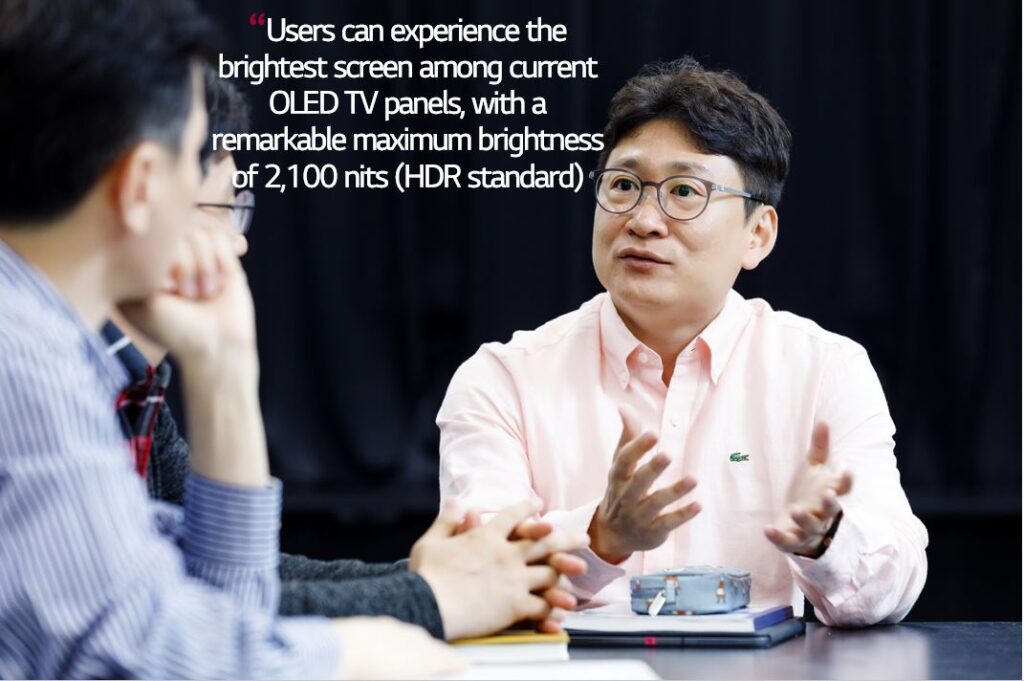
OLED panels based on META Technology can achieve a significantly enhanced maximum brightness of 2,100 nits (HDR standard), surpassing the previous level of 1,300 nits (where 1 nit is equivalent to the brightness of a single candle). This results in the experience of the brightest screen among existing OLED TV panels.
Combining the inherent advantage of perfect black in OLED with the powerful light of META Technology, these displays deliver natural and vibrant colors, accurately conveying the original artist’s intended hues and feelings. Furthermore, they provide an immersive experience that blurs the boundaries between virtual and reality.
MLA, improving viewing angles, energy efficiency, and image quality all at once
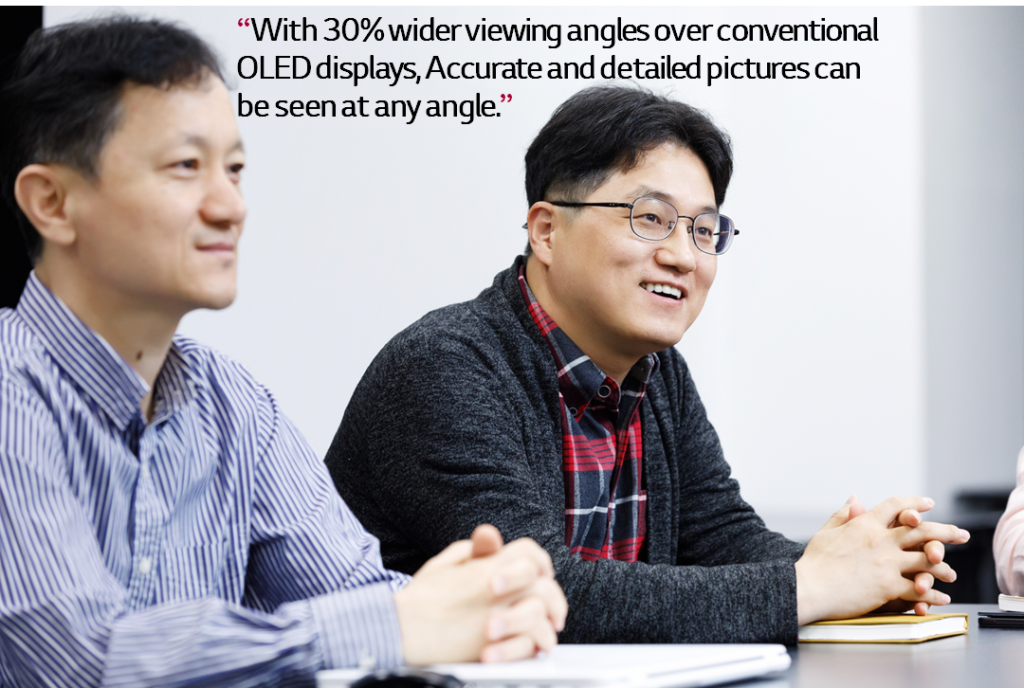
Dragonflies have a more expansive perception of the world thanks to their exceptional ability to perceive light and their unmatched 360° field of view. This principle is fully incorporated into MLA to create the widest viewing angles among existing panels.
In general, users perceive better image quality with superior viewing angles, and MLA is an effective technology for improving this aspect. By implementing MLA, OLED displays can deliver the clearest and most detailed images from every angle.

MLA maximizes light emission without consuming additional power to achieve higher brightness and less energy usage than traditional OLED displays, better meeting customers’ needs. When performing at the same brightness level, MLA panels are 22% more efficient than existing OLEDs.
Typically, improving energy efficiency means achieving higher brightness with the same current drive or the same brightness with a lower current drive. MLA minimizes light loss within the panel and draws light outwards, enabling it to achieve the same brightness as conventional OLED panels while consuming less energy.

LG Display’s third-generation OLED META Technology is a window to a brighter and broader world, and MLA is its component that proposes a new paradigm in terms of brightness, viewing angles, and power efficiency.
The marvels of META Technology don’t stop here, as another key technology, “META Booster,” takes the richness and quality of the display even further. Stay tuned for the next episode of [Beyond TV] on META Booster!



